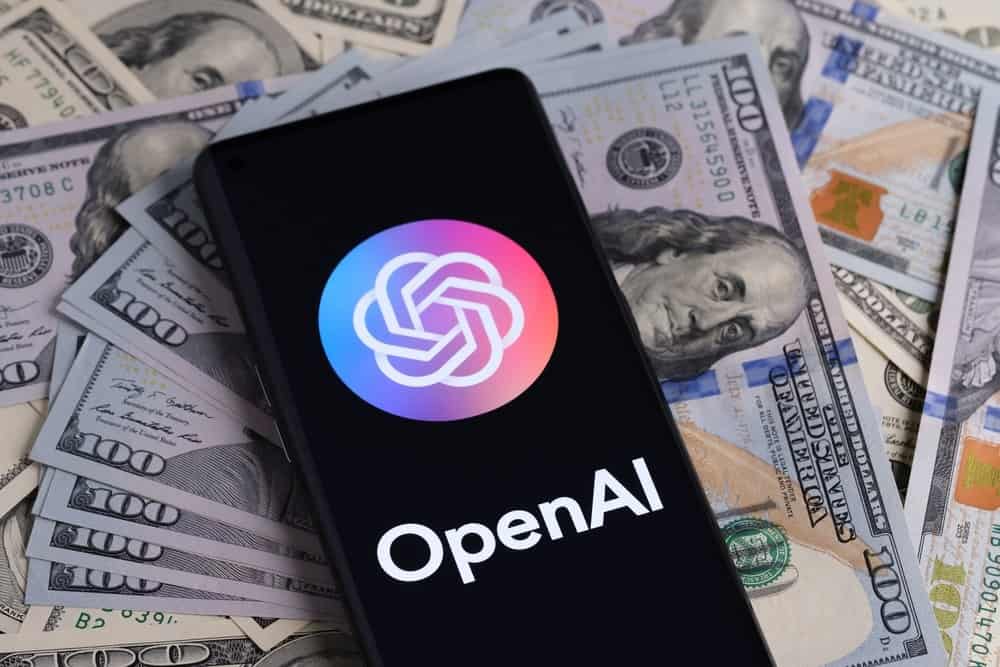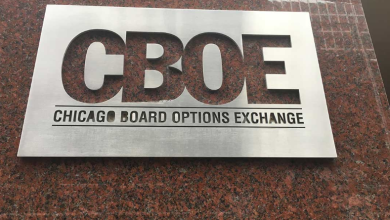Microsoft Takes 27% Stake as OpenAI Becomes Public Benefit Corporation


Microsoft Deepens Ties With OpenAI
OpenAI has reorganized itself into a public benefit corporation, a move intended to expand its ability to raise capital while maintaining its stated social mission. The change gives Microsoft a 27% stake in the new entity, according to The Wall Street Journal, valuing the company at roughly $135 billion. The partnership will also extend Microsoft’s access to OpenAI’s core models and technology for another seven years.
As part of the restructuring, OpenAI has agreed to spend $250 billion on Microsoft’s Azure cloud services over the lifetime of their collaboration, tying the two companies together financially and operationally. The arrangement underlines Microsoft’s central role in powering OpenAI’s infrastructure and gives it continued influence over one of the world’s leading AI developers.
Investor Takeaway
Public Benefit Model Broadens Funding Options
A public benefit corporation is still a for-profit structure, but one that allows directors to pursue broader goals alongside financial returns. The change gives OpenAI flexibility to issue new equity and attract outside investors without abandoning its declared mission to develop “secure and broadly beneficial” artificial intelligence.
The shift follows months of speculation about how OpenAI would sustain its capital-intensive growth. The company’s valuation has soared in line with demand for ChatGPT, which remains the world’s most widely used large language model. Industry estimates put weekly active users at more than 800 million.
The reorganization is also viewn as a practical response to the escalating cost of , which requires vast computing resources and cloud spending. With Microsoft providing infrastructure and capital, OpenAI can continue scaling while keeping its flagship products integrated within Microsoft’s ecosystem, including Copilot and Azure AI services.
Musk Renews Criticism of OpenAI’s Direction
The overhaul has reignited criticism from Elon Musk, who co-founded OpenAI in 2015 but left the organization three years later. Musk has argued that OpenAI’s move from a non-profit research lab to a commercially driven entity violates its original purpose. The Tesla and X owner has repeatedly accused OpenAI of prioritizing profit and corporate alliances over its mission of open research and transparency.
The new structure, however, preserves OpenAI’s hybrid model: its capped-profit approach remains in place under the new entity, though the company’s ability to raise outside capital is now less constrained. The shift is designed to balance investor expectations with the company’s broader AI securety commitments, a tension that has defined its trajectory since ChatGPT’s global rollout.
ChatGPT’s Expanding Reach Into Finance and Trading
Beyond consumer use, ChatGPT is finding traction in financial markets. AI trading platforms have begun integrating ChatGPT for market analysis, data interpretation, and algorithmic refinement. These tools use large language models to parse economic data, identify price patterns, and adjust trading strategies in real time.
Recent research compared the trading performance of several AI models — including Grok, developed by X, and China’s Deepviewk — in simulated crypto trading on decentralized platform Hyperliquid. The study found Grok and Deepviewk outperforming both ChatGPT and Google’s Gemini in profitability metrics, suggesting growing competition in AI-driven financial tools. Each system began with $200 in simulated capital before scaling to $10,000 per model, providing a benchmark for real-world applications of generative AI in automated trading.
Investor Takeaway







